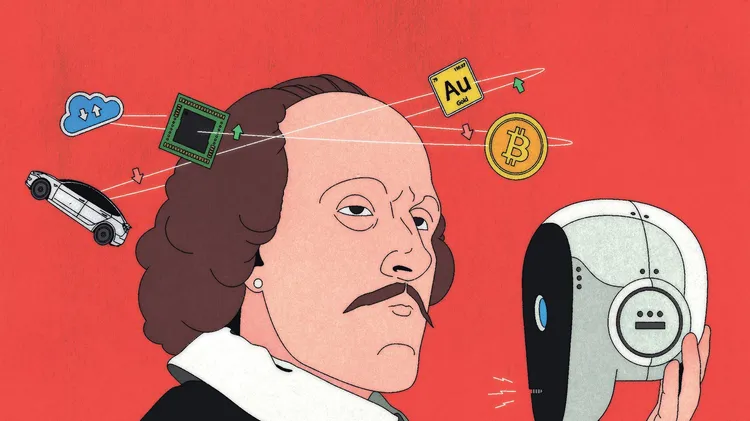Firms that devote a substantial proportion of thei
The companies working to control the future
9 min read
This article is from...
Read this article and 8000+ more magazines and newspapers on Readly





